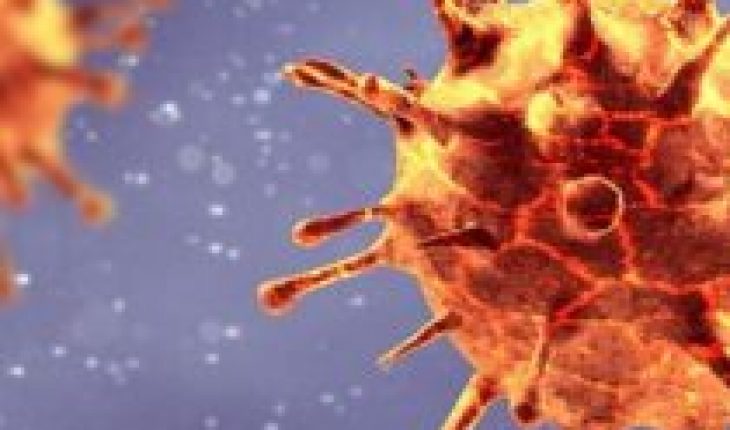
I have a simple simple rule to size the news that speaks of a “new variant” or a “new strain” of coronavirus.
You have to ask yourself, “Has the behavior of the virus changed?”
A mutant virus sounds instinctively scary, but mutating and changing is what viruses do.
Most of the time it is a consequenceless adjustment or the virus alters itself in such a way that it weakens when infected and the new variant simply disappears.
Occasionally, however, it finds a new winning formula.
That said, at the moment there is no clear evidence that the new variant of coronavirus detected in south-east England can be transmitted more easily, cause more severe symptoms or disable vaccines.
However, there are two reasons why scientists keep a close eye on her.
More contagious?
The first is that the levels of the variant are higher in places where more cases have been recorded.
It is an alert signal, although it can be interpreted in two ways.
Increased contagions in south-east England forced the tightening of measures in cities such as London. PA MEDIA
The virus could have mutated to spread more easily and is causing more infections.
But variants can also get lucky and infect the right people at the right time.
An explanation for the spread of the “Spanish strain” during the summer, for example, was simply that people got it during the holidays and then took it home.
Experiments will be needed in the lab to find out if this variant is actually more contagious than all the others.
The other topic that interests scientists is how the virus has mutated.
“It has a surprisingly large number of mutations, more than you would expect, and some seem interesting,” Professor Nick Loman of the COVID-19 Genomics UK Consortium (COG-UK) told me.
Two types of mutations
There are two notable sets of mutations, and I apologize for their horrible names.
Both are found in the beak protein, which is the key that the virus uses to open the door to and seize our body cells.
Coronavirus uses peak proteins as a key to enter our body. SCIENCE PHOTO LIBRARY
The N501 mutation (I warned you) alters the most important part of the beak, known as the “receptor binding domain”.
This is where the beak first makes contact with the surface of our body’s cells. Any changes that facilitate the entry of the virus will likely give you an advantage.
“It looks and smells like an important adaptation,” Professor Loman said.
The other mutation – an H69/V70 suppression – has emerged several times before, for example in infected mink in Denmark.
The concern has been that antibodies in survivors’ blood appear less effective against this variant of the virus.
But once again, more lab studies will be needed to really understand what’s going on.
“We know there’s a variant, we don’t know anything about what that means biologically,” said Professor Alan McNally of the University of Birmingham.
“It’s too early to make any inference about how important it may or may not be,” he added.
What about vaccines?
Mutations in peak protein lead to questions about the vaccine because the three main candidates – those developed by Pfizer/BioNTech, Moderna and Oxford/Astra Zeneca – train the immune system to attack the beak.
However, the body learns to attack multiple parts of the beak. That’s why health officials remain convinced that vaccines will work against this variant.
Mass vaccination will put a different type of pressure on the virus because it will have to change to infect people who have been immunized. PA MEDIA
This is a virus that evolved into animals and made the leap to infect people about a year ago.
Since then, about two mutations have been detected per month: take one sample today and compare it to the first Wuhan in China and there would be about 25 mutations apart.
Coronavirus is still testing different combinations of mutations to properly infect humans.
We have seen this happen before: many consider the emergence and global dominance of another variant (G614) to be an example of the better spread of the virus.
But soon mass vaccination will put a different kind of pressure on the virus, which will have to change to infect people who have been immunized.
And if this drivesto the evolution of the virus, we may need to regularly update vaccines, as we do with flu vaccines.





